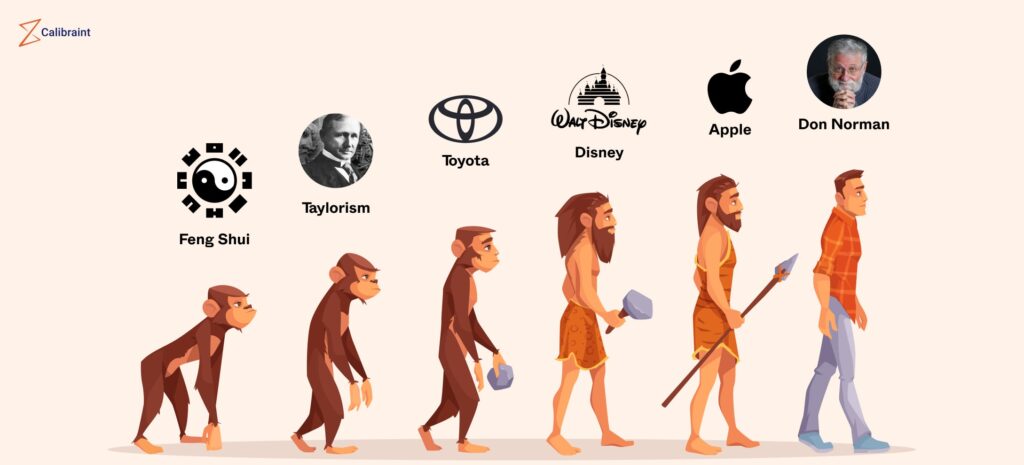Introduction
UI/UX design has undergone significant transformations in the digital era, driven by technological advancements and changing user expectations. As technology continues to shape our lives, UI/UX designers must adapt and evolve their design practices to meet the demands of the modern digital landscape. In this blog, we'll explore the evolution of UI/UX design and its impact on user experiences.
1. From Functional to Delightful Experiences
In the early days, UI/UX design focused primarily on functionality, ensuring that digital products were usable and served their purpose. However, as technology advanced and competition increased, users started expecting more than just functionality. Modern UI/UX design aims to create delightful experiences that engage users on an emotional level, making them feel connected and delighted by the product.
2. Mobile and Responsive Design
The rise of smartphones and mobile apps revolutionized UI/UX design. With smaller screens and touch interactions, designers had to adapt their approaches to create intuitive mobile experiences. Responsive design emerged as a solution, allowing designs to adapt seamlessly to different screen sizes and orientations. This shift transformed how designers approach layout, navigation, and content prioritization.
3. User-Centered Design
User-centered design (UCD) became a guiding principle in UI/UX design, emphasizing the importance of understanding user needs and preferences. Designers began conducting user research, creating personas, and using data-driven insights to inform their design decisions. UCD ensures that designs are tailored to meet user expectations, resulting in more satisfying experiences.
4. The Rise of Microinteractions
Microinteractions are subtle, often overlooked, but powerful interactions within a digital product. From a simple button click to animated feedback, microinteractions add depth and personality to the user experience. They provide instant feedback, guide users through processes, and make interactions more engaging. UI/UX designers now pay attention to the details, leveraging microinteractions to create immersive experiences.
5. Design Systems and Component Libraries
To ensure consistency and scalability, UI/UX designers have embraced the use of design systems and component libraries. Design systems provide a centralized repository of design elements, including colors, typography, icons, and components. They streamline the design process, promote consistency, and enable efficient collaboration between designers and developers. Design systems have become an integral part of UI/UX design workflows, facilitating the creation of cohesive and visually appealing experiences.
Conclusion
UI/UX design has evolved significantly in the digital era, shifting from functional to delightful experiences, adapting to mobile platforms, embracing user-centered design, leveraging microinteractions, and employing design systems. As technology continues to advance, UI/UX designers must stay updated with the latest trends and methodologies to create user experiences that captivate and delight users. By embracing these changes, designers canshape the future of UI/UX design and create experiences that truly resonate with users in the digital age.




Comments ()